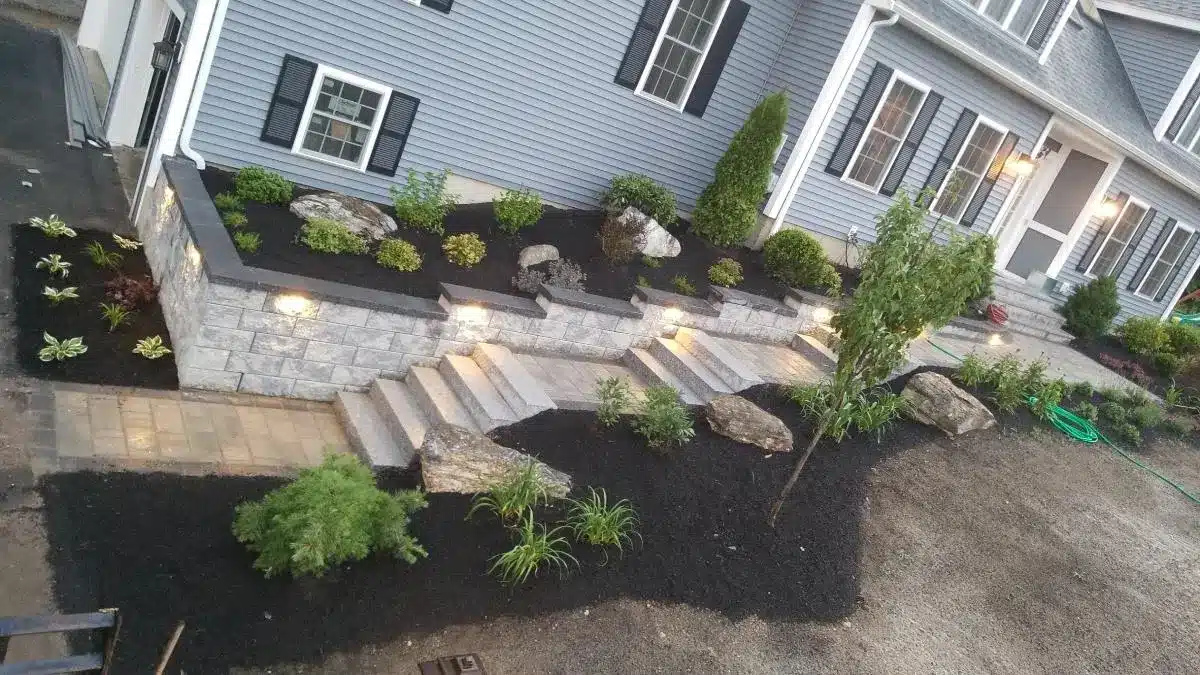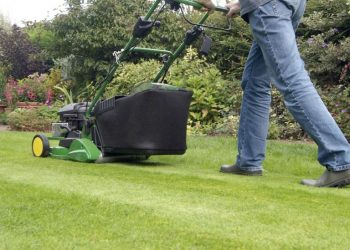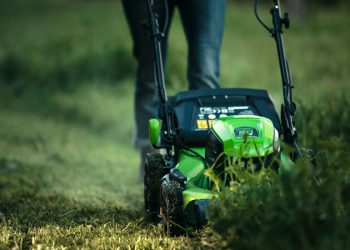Table of Contents

Looking to create a beautiful outdoor oasis? If so, it’s important to strike a balance between softscaping and hardscaping when it comes to your landscape design. The right balance of these elements can help you craft a space that’s functional and aesthetically pleasing. Attractive landscaping can even boost the curb appeal and value of your home. Read on to learn how to balance softscape and hardscape elements in your outdoor environment.
What Is Hardscape?
Hardscaping consists of the hard elements in your yard, including fences, retaining walls, patios, gazebos, trellises, fire pits, fountains and statues. These items are permanent and typically comprised of materials such as concrete, wood and stone. They are inanimate, manmade objects that typically provide structure and purpose. For instance, a deck or patio can be used for entertaining and relaxing. However, incorporating too many hardscape elements can cause your outdoor space to appear cold or sterile, which is why the right balance is key.
Other hardscape elements include:
- Benches
- Walkways
- Pavers
- Pagodas
- Outdoor kitchens
- Pools
What Is Softscape?
Softscaping is comprised of living elements, such as flowers, trees, shrubs and grass lawns. They provide natural beauty and are constantly changing and evolving season by season, which changes up your outdoor space. Additionally, these organic compounds add the aesthetic aspect to your space. They even help soften harsh hardscape lines and can provide finishing touches. It’s important to note that softscape elements require regular care. Otherwise, too much softscaping can cause your yard to look overgrown, wild and uninviting.
Other softscape elements include:
- Vines/ivy
- Flowerbeds/succulents
- Vegetables/fruits
How to Balance Softscape & Hardscape
Infographic created by Sweep-All, a driveway sweeper provider
Good landscaping combines the right balance of hardscape and softscape elements. This gives your yard visual appeal, function and flow. Check out these helpful tips on combining hardscape and softscape elements:
- Place retaining walls near plant beds to provide support and structure.
- Make your patio aesthetically pleasing by adorning it with garden pots.
- Add planters along the driveway or on lined property pathways.
How to Get Started
You can achieve the right balance of hardscape and softscape elements no matter if you have a small or large yard. Keep these tips in mind when starting out:
- Begin with a goal: What is the purpose of your outdoor oasis? Would you like to create a space where friends and family can relax and dine al fresco? Or do you plan to use it for gardening? Figuring out your goal can help you decide what elements to include.
- Save some room for growth: When incorporating softscape elements to your yard, such as flowers and bushes, be sure to leave some extra space so they have room to grow.
- Use multipurpose objects: Adding multipurpose items can help save you time and money. For instance, a pergola can be used as a seating area and as a trellis to support climbing plants.
Balancing softscape and hardscape elements helps you create an outdoor environment that’s vibrant and full of life. To learn more ways of combining these elements, please see the accompanying resource.





